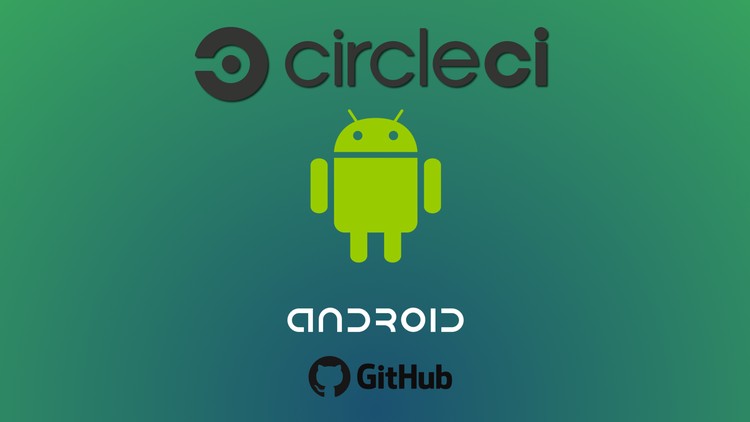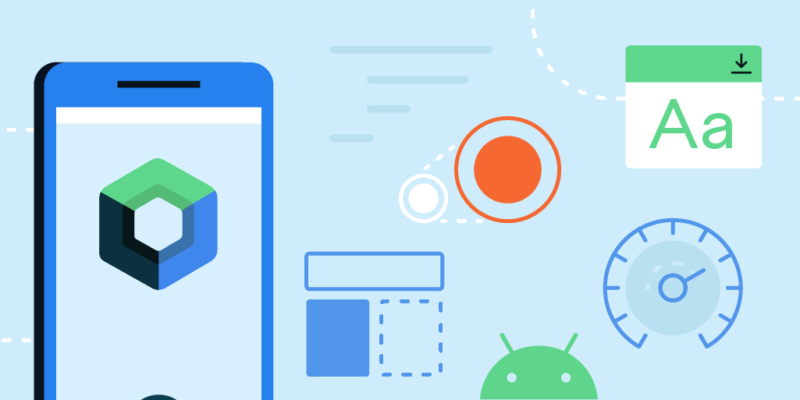In the modern software development landscape, Continuous Integration (CI) and Continuous Deployment (CD) are pivotal for streamlining application development, enhancing code quality, and accelerating release cycles. For Android developers, setting up a CI/CD pipeline can significantly reduce manual efforts in building and testing applications. This article will walk you through setting up a CI/CD pipeline using CircleCI and GitHub, focusing on building Android applications and deploying them directly to Firebase App Distribution.
Introduction to CI/CD with CircleCI
CircleCI is a popular CI/CD tool that automates the steps in your software delivery process. When integrated with GitHub, it monitors your repository and triggers workflows based on the defined criteria, such as a push to a specific branch. For Android developers, CircleCI can automate building, testing, and deploying applications, ensuring that every change is immediately tested and ready for release.
Step-by-Step Configuration
To get started, you’ll need a CircleCI account connected to your GitHub repository where your Android project is hosted. Here’s how to configure the config.yml file for an Android project, ensuring it builds the APK and deploys it to Firebase for distribution.
1. Setting Up CircleCI with Your Android Project
First, ensure your project is added to CircleCI:
- Add Your Project: Log into CircleCI, go to your dashboard, and set up your project by selecting the GitHub repository you wish to integrate.
- Configure Environment Variables: In CircleCI, set environment variables such as
FIREBASE_TOKENandFIREBASE_APP_IDto securely store credentials needed for deployments.
2. Creating and Configuring config.yml
Place a .circleci directory at the root of your GitHub repository, and create a config.yml file within it. Here’s a basic setup:
yaml
version: 2.1orbs
:
android: circleci/android@2.0.0
jobs:
build:
docker:
- image: cimg/android:2023.04
steps:
- checkout
- restore_cache:
keys:
- gradle-cache-{{ checksum "gradle/wrapper/gradle-wrapper.properties" }}
- gradle-cache-
- run:
name: Download Dependencies
command: ./gradlew androidDependencies
- save_cache:
paths:
- ~/.gradle
key: gradle-cache-{{ checksum "gradle/wrapper/gradle-wrapper.properties" }}-{{ epoch }}
- run:
name: Run Tests
command: ./gradlew test
- run:
name: Build APK
command: ./gradlew assembleRelease
- store_artifacts:
path: app/build/outputs/
destination: build_outputs
- run:
name: Install Firebase CLI
command: |
curl -sL https://firebase.tools | bash
echo 'export PATH="$PATH:/home/circleci/.npm-global/bin"' >> $BASH_ENV
source $BASH_ENV
- run:
name: Deploy APK to Firebase
command: |
firebase appdistribution:distribute app/build/outputs/apk/release/app-release.apk \
--app $FIREBASE_APP_ID \
--token $FIREBASE_TOKEN \
--groups "testers"
workflows:
version: 2
build-and-test:
jobs:
- build
3. Understanding the Configuration
- Docker Image: The
cimg/android:2023.04Docker image is specified to ensure the environment includes the necessary Android SDK and tools. - Caching: Cache dependencies to speed up future builds.
- Build Steps: The APK is built using Gradle, and tests are executed to ensure code quality.
- Firebase CLI Installation: This step installs the Firebase CLI necessary for deploying the APK.
- Deployment: The final step deploys the built APK to Firebase App Distribution using the previously set environment variables for authentication.
Conclusion
Setting up CI/CD for your Android application using CircleCI and Firebase App Distribution simplifies the development process, from code changes to deployment. By automating builds and deployments, developers can ensure that their applications are always in a deployable state, improving productivity and accelerating time to market. Implementing this pipeline will allow you to focus more on development while CircleCI handles the intricacies of integration and delivery.



